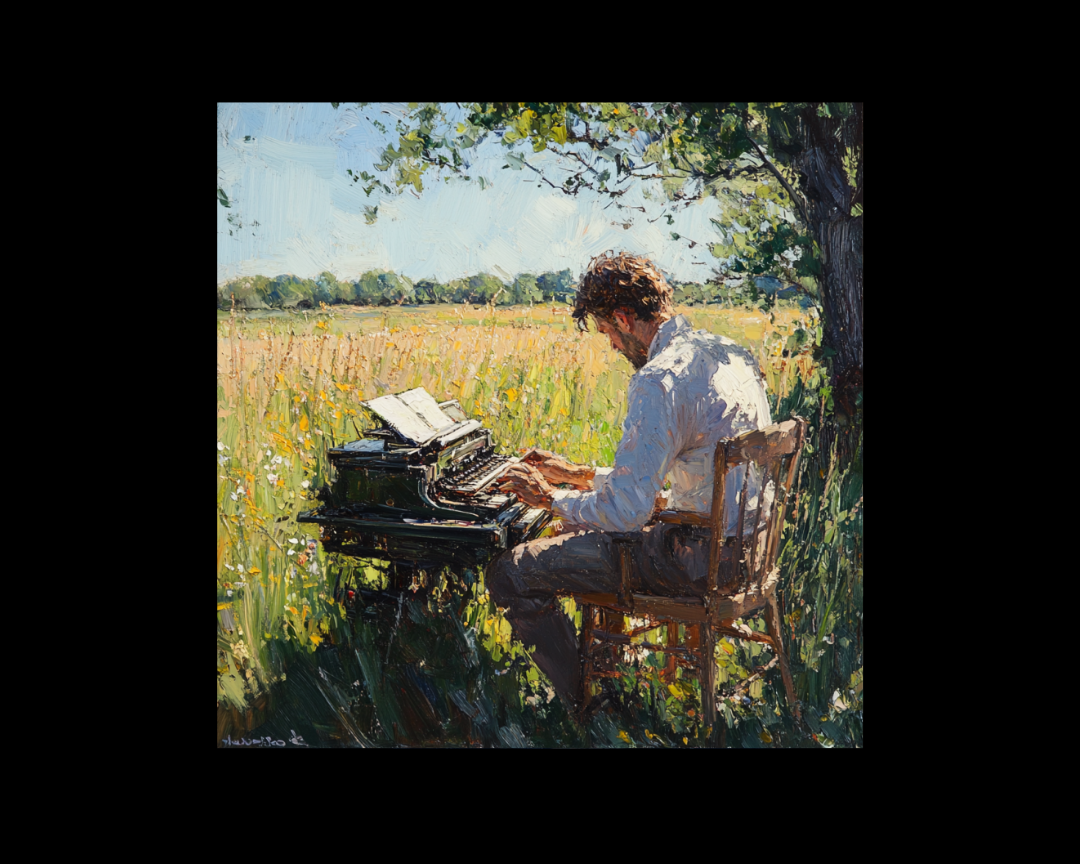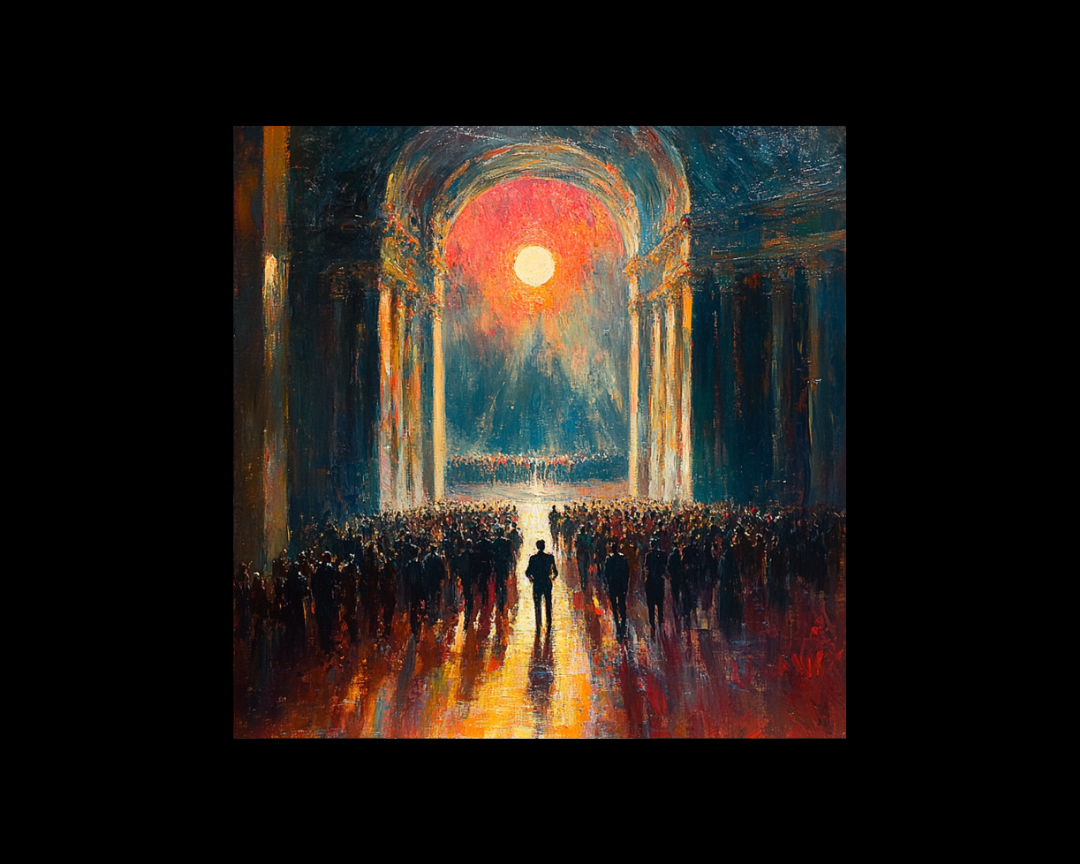Chinese literature is a treasure trove of beautifully crafted stories and tomes. Especially if you are a western-born writer, it's imperative to read books from the east. They will broaden your mind and expand how you can shape characters, narrative arcs, and more. Here are some recommendations.
1. Journey to the West (Monkey) by Wu Cheng’en
- Appeared: 1592 CE
- Set: 7th century CE
- Length: Approx. 1600 pages in English translation
- Chapters: 100
- What’s so special about it? Journey to the West introduces readers to the beloved character Sun Wukong, also known as Monkey, whose origins can be traced back to the Hindu god Hanuman. This classic's influence on Asian culture is immense, from manga like Dragon Ball to modern adaptations on Netflix. It's a quest narrative filled with adventure, humor, and deeper messages about syncretism.
2. Three Kingdoms (Sānguó Yǎnyì) by Luo Guanzhong
- Appeared: 1494, presumed to have been written about 100 years earlier
- Set: 3rd century CE
- Length: Approx. 1000 pages in English translation
- Chapters: 120
- What’s so special about it? Romance of the Three Kingdoms is a monumental historical novel that mirrors China's sense of national identity. It spans the transition from feudalism to a unified empire, emphasizing the importance of unity over division. This epic masterpiece is full of military details, battles, and memorable characters.
3. The Story of the Stone (Dream of the Red Chamber or Hónglóumèng) by Cao Xueqin
- Appeared: 18th century CE
- Set: 18th century CE
- Length: Approx. 2300 pages in English translation
- Chapters: 120
- Magic Score: **
- What’s so special about it? Often regarded as a quantum leap in Chinese literature, The Story of the Stone is a multifaceted masterpiece that combines domestic realism, political allegory, and mystical elements. It's a love story, a coming-of-age tale, and a reflection on the decline of a great family, all wrapped into one.
4. The Marshes of Mount Liang (Outlaws of the Marsh or Shuǐhǔ Zhuàn) attributed to Shi Nai’an, completed by Luo Guanzhong
- Appeared: 14th century CE
- Set: 12th century CE
- Length: Approx. 2000 pages in English translation
- Chapters: 100
- What’s so special about it? Water Margin explores themes of loyalty and justice as 108 outlaws band together in the marshes due to perceived injustices by their superiors. This epic tale is full of distinct characters, relationships, and violent conflicts, making it a timeless classic.
Thought-Provoking Philosophical Works
5. Zhuangzi (Chuang Tzu) by Zhuangzi (Chuang Tzu)
- Appeared: 4th century BCE
- Set: Ancient China
- Length: Various translations available
- Chapters: Varies by edition
- What’s so special about it? Zhuangzi is a foundational text of Daoism (Taoism) and is known for its philosophical exploration of Dao (Tao) and the nature of reality. It's a collection of stories and parables that challenge conventional wisdom and offer profound insights.
6. The Analects (Lúnyǔ) by Confucius (Kong Fuzi)
- Appeared: 5th century BCE
- Set: Ancient China
- Length: Various translations available
- Chapters: Varies by edition
- What’s so special about it? The Analects is a fundamental work of Confucianism, focusing on the teachings and sayings of Confucius. It addresses ethics, morality, and proper conduct, emphasizing the importance of self-improvement and harmonious social relationships.
7. The Book of Songs (Shījīng) - Traditional Chinese Poetry
- Appeared: 11th to 7th century BCE
- Set: Ancient China
- Length: Collection of poems
- Chapters: Varies by edition
- What’s so special about it? The Book of Songs is one of the oldest collections of Chinese poetry, showcasing a wide range of themes from love and nature to politics and daily life. It provides a valuable glimpse into the culture and emotions of ancient China.
8. Tao Te Ching (Dao De Jing) by Laozi (Lao Tzu)
- Appeared: 6th century BCE
- Set: Ancient China
- Length: Various translations available
- Chapters: Varies by edition
- What’s so special about it? The Tao Te Ching is a foundational text of Daoism (Taoism) that explores the concept of Dao (Tao) as the fundamental principle of the universe. It offers wisdom on living a balanced and harmonious life.
9. Essays in Idleness (Tsurezuregusa) by Yoshida Kenkō (translated from Japanese)
- Appeared: 14th century CE
- Set: Medieval Japan
- Length: Various translations available
- Chapters: Varies by edition
- What’s so special about it? While not Chinese in origin, this Japanese classic offers contemplative essays on various topics, including nature, aesthetics, and the transience of life. It's a reflective work that invites readers to ponder the beauty of existence.
10. The Classic of Mountains and Seas (Shānhǎijīng)
- Appeared: Circa 4th century BCE
- Set: Ancient China
- Length: Various translations available
- Chapters: Varies by edition
- What’s so special about it? This ancient text blends myth, geography, and folklore to describe a fantastical world of creatures and landscapes. It's a captivating work that reflects early Chinese cosmology and imagination.
Explore Chinese Lilterature
Explore these classic Chinese literary works to discover the rich tapestry of stories, philosophies, and insights that have shaped China's cultural heritage for centuries. Each category offers a unique perspective on the literary treasures of the Middle Kingdom.
%20(1).png)


.png)